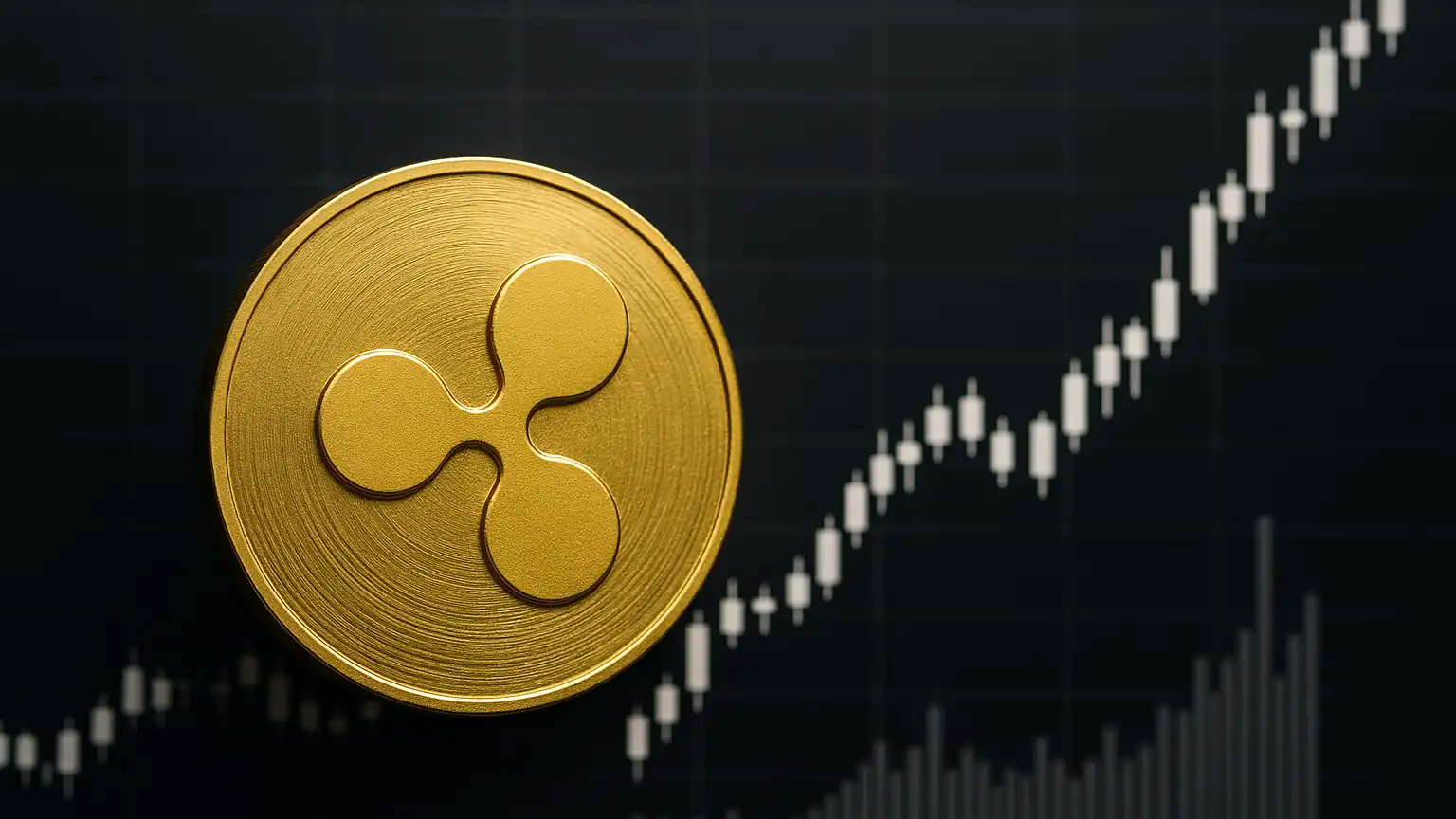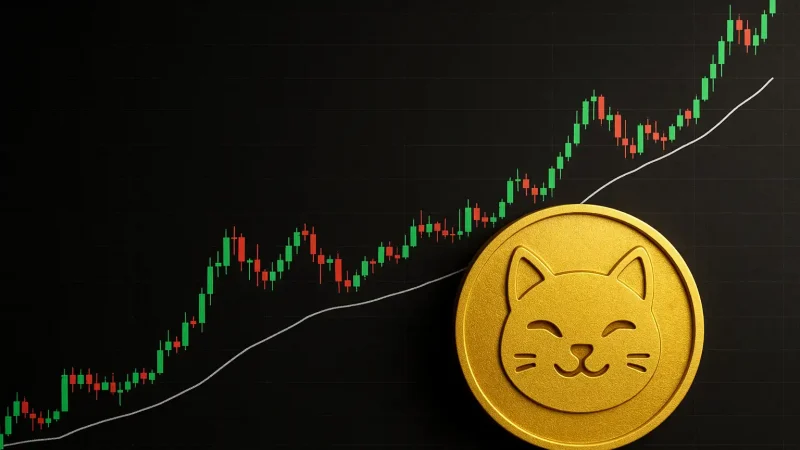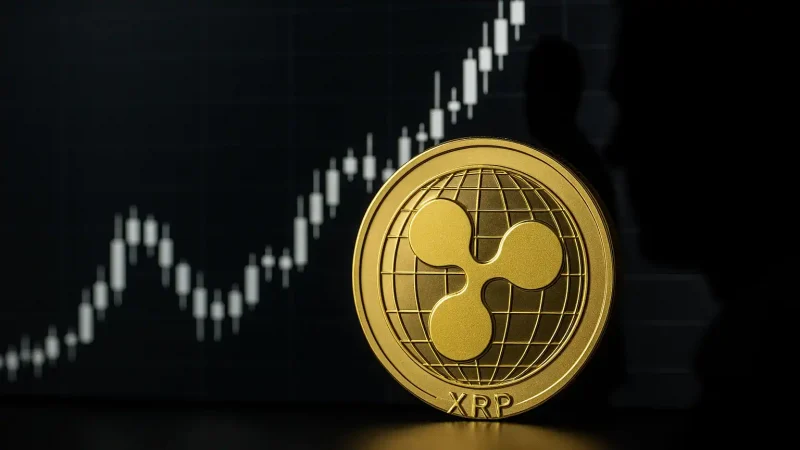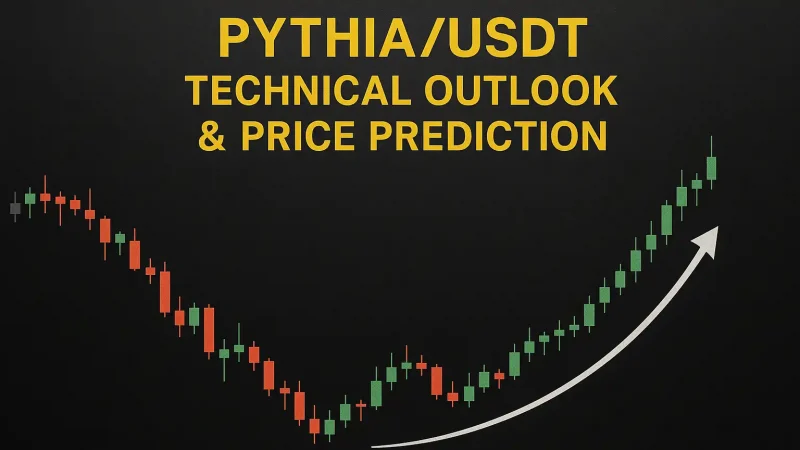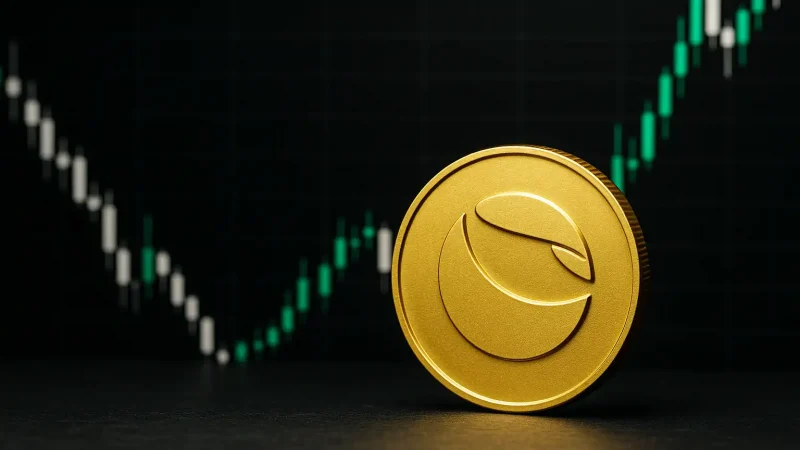In a milestone moment for Ripple enthusiasts and broader crypto markets alike, the first U.S.-based spot XRP ETF—XRPR by REX Osprey—has crossed the $100 million threshold in assets under management (AUM) less than a month after its launch. As regulatory clarity inching forward fuels institutional participation, the ETF’s rapid growth offers a timely lens into changing investment appetites and the financial industry’s evolving trust in digital assets.
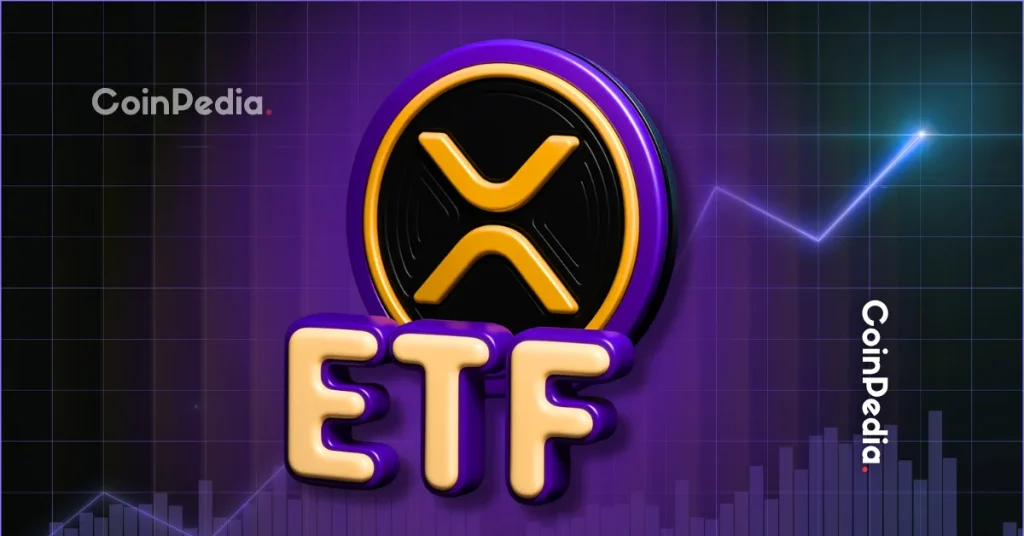
XRPR ETF Launch: From Regulatory Uncertainty to Market Validation
The XRPR ETF began trading on September 18, 2025, during a period of heightened regulatory scrutiny and political gridlock that saw the SEC delay decisions on at least six other spot XRP ETF applications. This environment, far from stifling progress, gave XRPR a first-mover advantage—allowing it to capture retail and institutional demand in a vacuum of alternatives.
The explosive inflow signals that investors are eager for regulated exposure to XRP, which now ranks as the fourth-largest cryptocurrency by market capitalization. While global markets had already embraced similar products—most notably Brazil’s Hashdex NASDAQ XRP ETF with its $52 million in assets—XRPR’s acceleration highlights investor confidence in U.S.-regulated crypto instruments when finally available.
Investor Behavior Highlights the Shift to Regulated Access
Many fund managers and family offices that avoided direct XRP holdings are now entering the space via XRPR. The rationale is simple: compliance. ETFs offer streamlined tax reporting, mitigated custody risks, and regulatory transparency—vital parameters for institutions managing multi-billion dollar portfolios. For many, XRPR is not just an investment vehicle but a compliance wrapper.
As digital asset allocations creep into traditional portfolios, regulated onramps such as XRPR act as pressure valves, releasing pent-up demand previously held in check by legal ambiguity. Analysts from Galaxy Digital suggest that among high-net-worth investors and corporate treasuries, “EFTs are the gateway, not the destination”—indicating we may be witnessing only the earliest phase of capital rotation into crypto.
Ripple Effects: Market, Institutions, and the Road to Maturity
XRP’s price responded in kind, rising over 11% this week to $2.64. The broader crypto market capped off a modest rally, bringing total market capitalization to $3.84 trillion—a 2% increase over the previous day. Bitcoin hovered near $113,000, while Ethereum traded above $4,000, suggesting investor optimism is far from limited to Ripple’s ecosystem.
CME Group Leads Derivatives Expansion
Concurrent with XRPR’s rise, institutional derivatives have begun to thicken around XRP. The CME Group, already a fixture in Bitcoin and Ethereum derivatives, recently expanded its offerings to include XRP options. The move follows the strong showing of CME’s XRP futures, which have hit an aggregate 567,000 contracts since their May debut—equivalent to nearly $27 billion in notional volume.
This momentum places XRP at the center of a growing suite of professional-grade instruments. By enabling institutional hedging and speculative strategies, exchanges like CME are instrumental in deepening liquidity and contributing to price discovery—which in turn makes XRP more attractive to long-term allocators.
Corporates Join the Ledger
The wave is not just financial—it’s structural. Evernorth, a treasury and liquidity enterprise launching its IPO on NASDAQ later this year, announced XRP will serve as one of its core reserve assets. This mirrors earlier moves by firms allocating to Bitcoin as “digital gold.” For Evernorth, XRP’s value proposition lies in its utility for instantaneous cross-border payments—a practical dimension that extends beyond speculative price action.
Taken together, these developments suggest an ecosystem achieving not just scale, but durability. Institutional footprints are strengthening, regulatory frameworks—albeit haltingly—are forming, and real-world use cases continue to anchor XRP as a viable asset in the digital economy’s next chapter.

